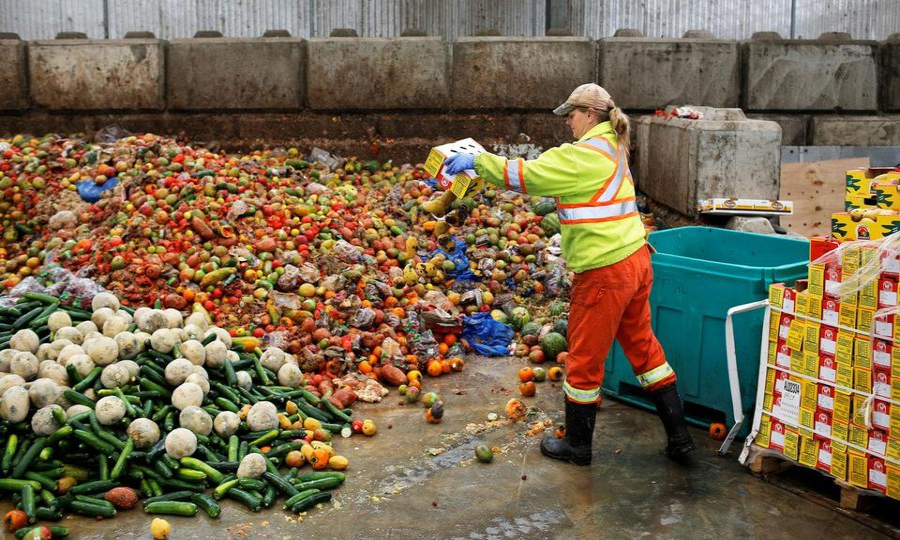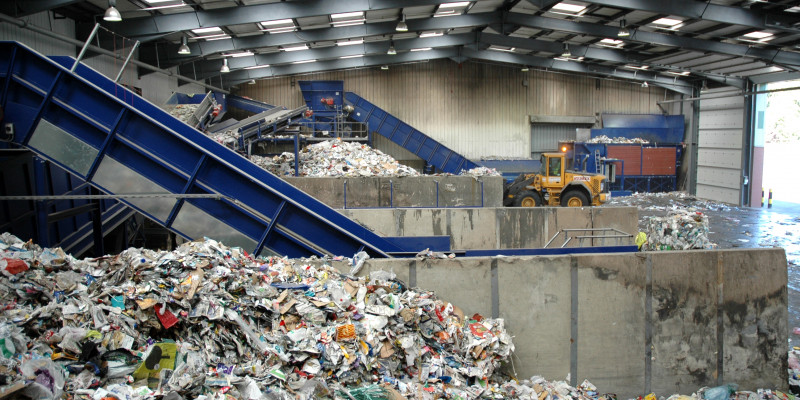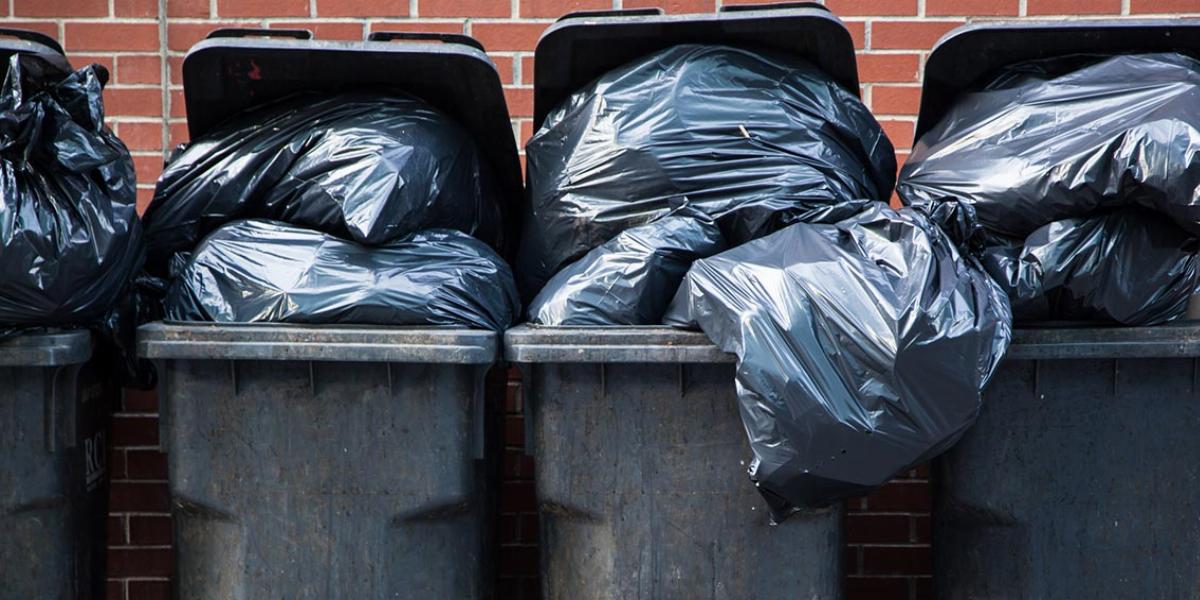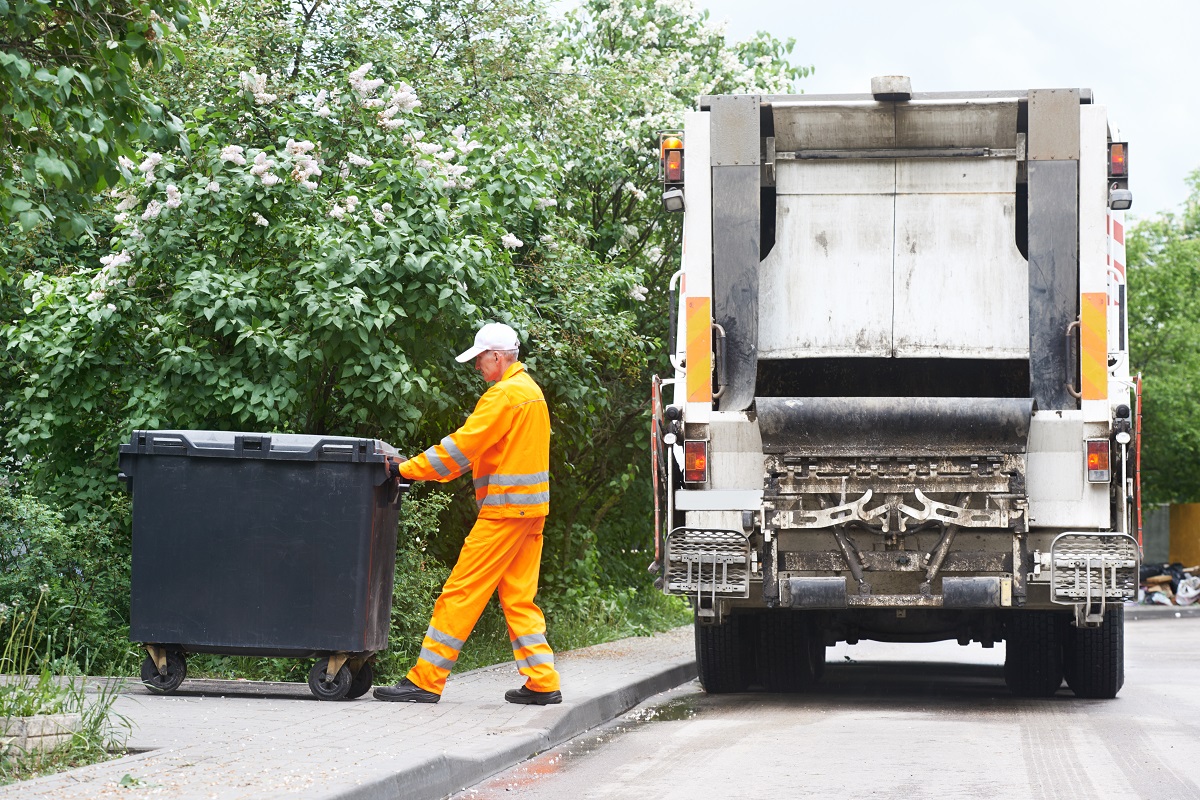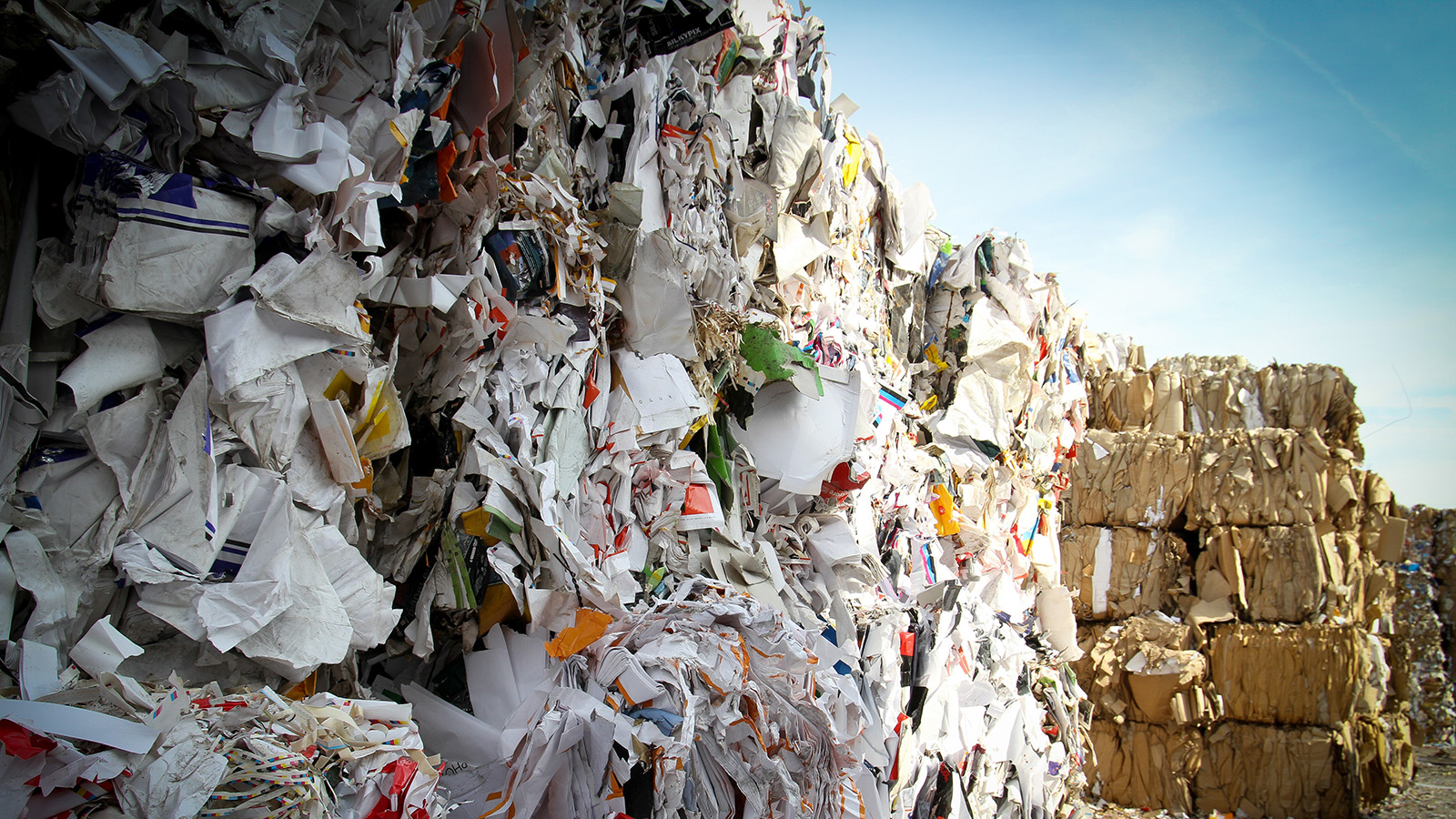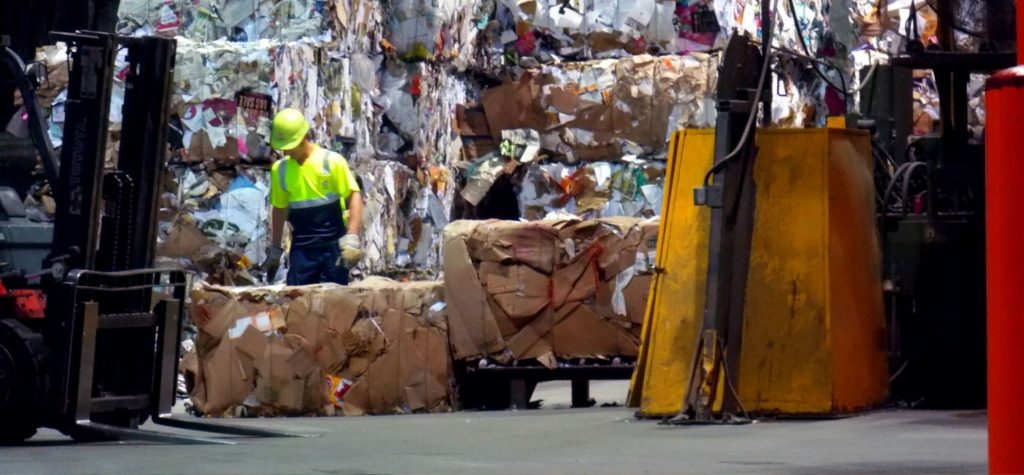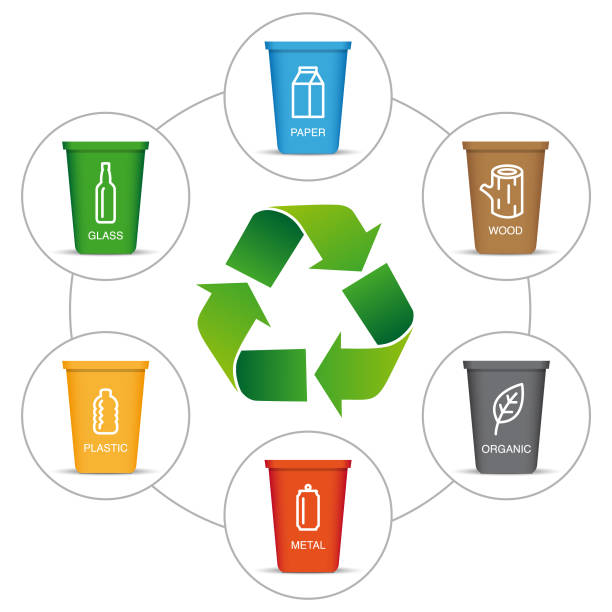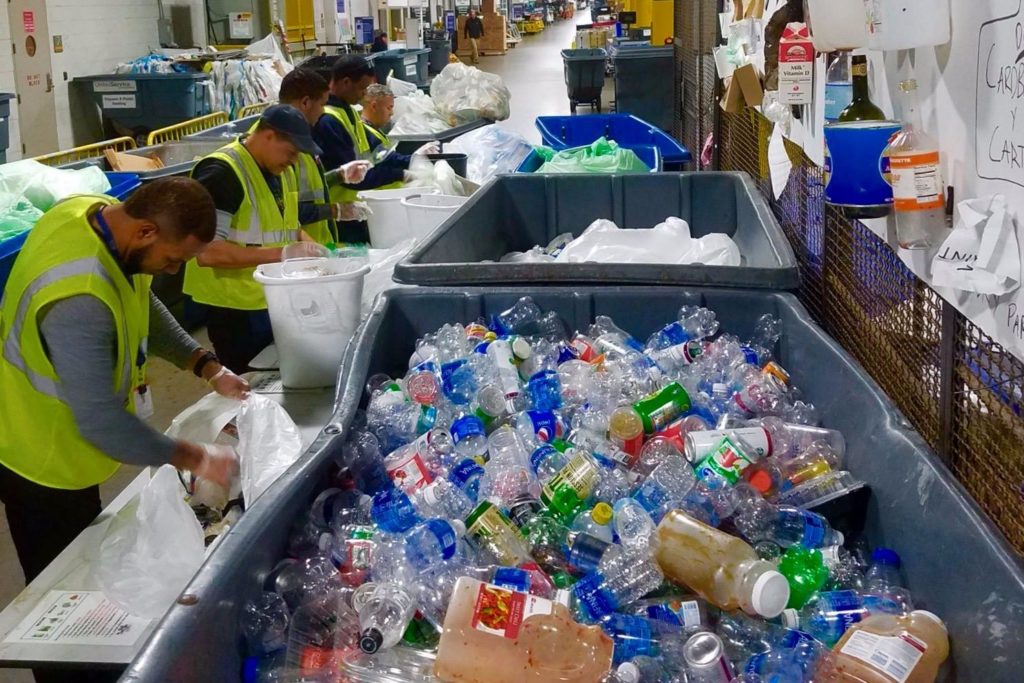Most restaurants in Georgia use dumpster rental and recycle food waste. They can’t afford to waste much food after cooking. Costs may rise if consumers throw away too much food or pay extra to dispose of it. Most eateries now engage qualified trash collectors.
Businesses should use dumpster rental. Restaurants’ trash is scavenged for food. Each restaurant has a large dumpster. Recycling restaurant leftovers reduces food waste. This reduces their carbon footprint, which is beneficial.
What Exactly Is Food Waste
Food waste happens when food is thrown away, either by a business or by a customer. This occurs when people buy more food than they can eat or when stores throw away food before it goes bad. Food waste can also happen when cooking, preparing, or storing food incorrectly.
Food is also considered waste when it is thrown away because of how it looks when it is not harvested for environmental or other reasons or when it is thrown away after it has been harvested. Dispose of food waste in landfills, which can release methane, a greenhouse gas that exacerbates global warming. But food waste isn’t always thrown away; you can put it in the trash or give it to hungry people.
What Factors Contribute To Restaurant Food Waste
There are numerous explanations for why restaurants discard food. Here are the top four reasons why people throw away food, according to Sandy Springs waste management experts:
Spoilage
If food is handled, stored, or packed wrong, it can get dirty and be dangerous to eat. Overordering, poor refrigeration, and bad inventory management are all common problems in restaurants.
Improper Portion Sizes
If the directions for cooking are wrong or don’t match up, the serving sizes might be bigger than planned. Even though letting customers take home leftovers may make them happy, you risk increasing waste and losing money on the dishes.
Food Disasters
In restaurants, food spills happen often. It could be anything, like a prep cook knocking over their chopping board by accident or a server dropping a food tray as they walk through the dining room. You could lose a lot of cash by making even little errors.
Refires
When a dish of food needs to be made again, it is taken back to the kitchen. Maybe a customer didn’t get what they asked for, didn’t say they had an allergy, or didn’t like how cooked the food. No matter what caused the fire, it now costs twice as much to make one plate in your kitchen. If you know how most restaurants throw away food, you can do your part to reduce it.
How Do Restaurants In Sandy Springs Manage Food Waste
Taking A Look At The Trash. Without a waste audit, it’s hard to know how much trash your restaurant makes or how much money it could save. You’ll have to put on your work boots and dig through the trash. Before trash day for a week, have a team open the bags and sort the trash into the following groups: coverage is also given to takeout food, fruit, meat, and plastics.
You can change these categories to fit the trash, menu, and products of your company. After everything has been put in the right piles, weigh each pile and write down the weights in a spreadsheet. To figure out how much you discard in each category annually, multiply each weight by the number of days your restaurant is open.
Keep A Waste Log
As you do a waste audit of your restaurant, keep a waste diary to track and record the restaurant’s ongoing efforts to reduce food waste. Have your workers weigh the trash and recyclables as they prepare them for pick-up. Encourage employees to keep track of unusual things dumped, like broken beer steins, delivery pallets, or meals that weren’t good enough. By keeping a trash diary for your business, you can track your progress over time and see if your efforts to reduce waste in your restaurant were successful.
You may lessen the quantity of food that spoils in your kitchen by properly managing your inventory and arranging orders depending on par levels. Par levels are the smallest amount of inventory needed to meet demand, with only a small amount of room for error to account for daily changes in demand.
Examine prior sales data to forecast your par levels. For instance, you can guess Christmas sales by looking at sales from the same time last year. Use these predictions and any seasonal recipe changes to get a better idea of what you’ll need. The software can make it easier to order par levels.
Restaurants in Sandy Springs Should Use Methods To Cut Down On Waste
Zero-waste policies have been used successfully by many restaurants to cut down on waste and food costs, but they are not the industry standard. It is better to make small changes in every part of the kitchen to create a culture where everyone is responsible for wasting less food.
Composting could be a way to eliminate things that can’t use again. If you have the space, use composted food waste to make nutrient-rich soil for your herb and vegetable garden. Remember that it’s better to keep food from going to waste than to try to get rid of it after the fact.
Use The Fifo (First-In, First-Out) Method
Use the FIFO (first-in, first-out) method to keep food from going bad in your restaurant. In a kitchen that follows FIFO, the stock is organized and rotated so that the oldest items are used first. This cuts down on food waste caused by food going bad. Think about getting two shipments of hamburger buns, one on Monday and one on Wednesday.
The FIFO principle says that the hamburger rolls that came in on Monday will be eaten first. The FIFO method ensures you don’t throw away food that is still good to eat because of the order in which you eat it. Because new items are put on shelves below older ones, it may take a little longer to unload shipments.
Conclusion:
In the Sandy Springs, GA, food waste is becoming a big issue. Since more people are becoming aware of the problem, many are looking for solutions. Making ensuring that your restaurant takes the proper steps to responsibly dispose of food waste is one of the simplest and most crucial methods to do this. By renting a dumpster, Sandy Springs restaurants can be sure that you are getting rid of your food waste safely and responsibly.

